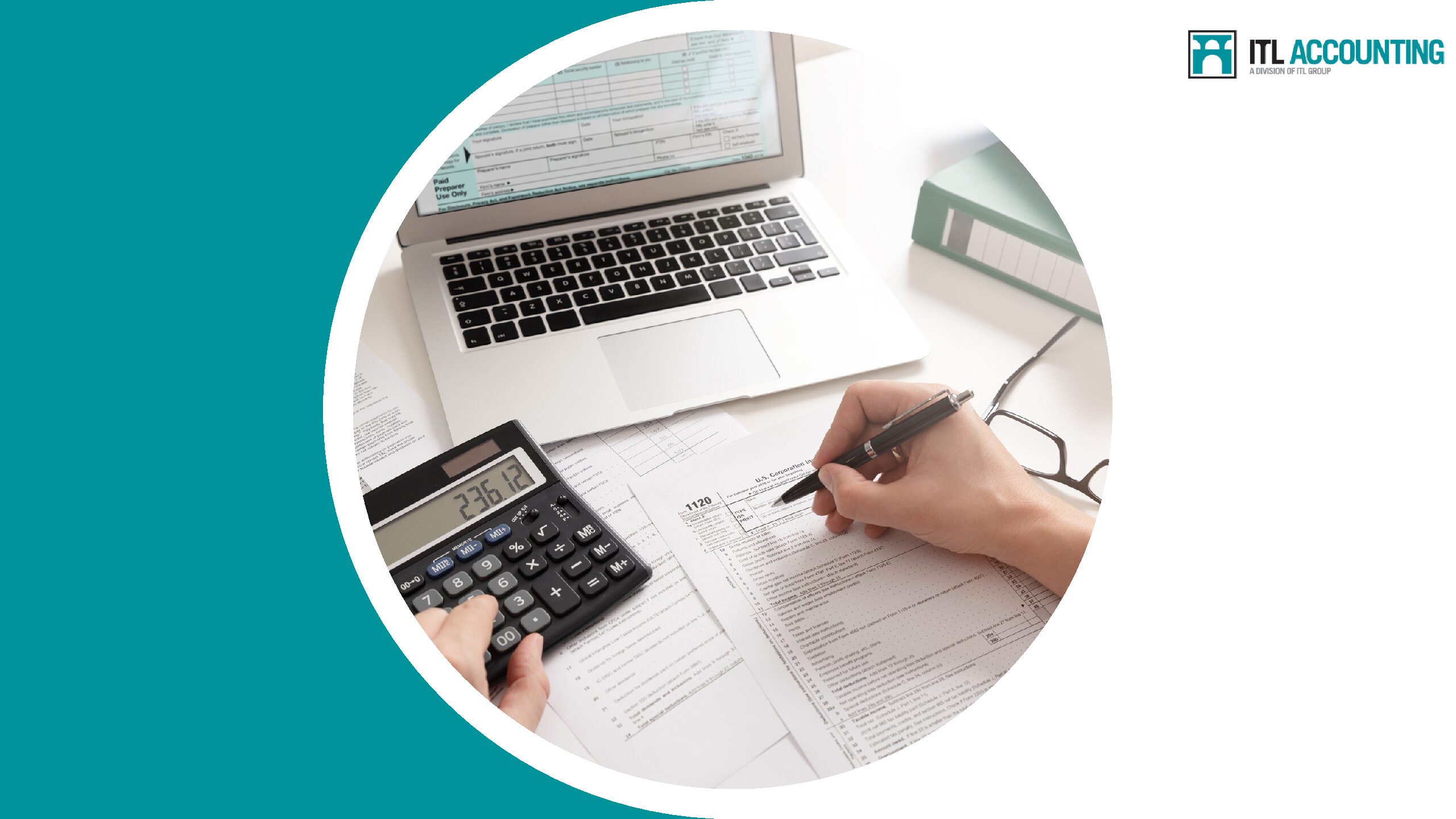
The KIVA tax regime is aimed at small businesses in Hungary. It is most favorable to companies where most expenses are related to personnel, or where the owners reinvest a significant part of the profits. It is particularly beneficial for businesses looking to grow in the long term. From 2022, the tax rate will be 10%.
Who can choose KIVA?
Eligible for the KIVA system are those enterprises that, in the tax year preceding the KIVA application, met the following criteria:
- the average statistical staff, including data on affiliated undertakings, should not exceed 50 persons;
- the revenue threshold income calculated with the data of the affiliated undertakings should not exceed HUF 3 billion,
- its balance sheet total / total assets threshold should not exceed HUF 3 billion.
How to access:
The small business tax is set on the first day of the month following the notification of the election by the Revenue Agency. The declaration can be made electronically using the appropriate form.
The separate tax year begins on the day the small business tax status is created. The financial year ends the day before the beginning of the new financial year as the closing date of the financial statements, for which the taxpayer must draw up a report under the general rules of the Tax Code and must file and publish the report drawn up.
When does the status of small taxpayer cease?
Termination of small business tax status occurs if:
- if the revenue threshold of HUF 6 billion is exceeded on the first day of the quarter, the day before the achievement of the exceeding;
- if, on the last day of the quarter in which the decision on the termination of the tax obligation becomes final, the net executive tax debt of the taxpayer registered with the Revenue Agency exceeds HUF 1 million on the last day of the calendar year, with the withdrawal by the Revenue Agency of the decision on the termination of the tax obligation if the taxpayer pays the tax debt before the decision on the termination of the tax obligation becomes final.
Suppose a business ceases to be a small taxpayer. In that case, this fact must be communicated to the tax authority within 15 days from the termination date, along with the exact date and reason for termination. After the exit/exclusion from the taxation of small enterprises, it is impossible to opt again for this type of taxation for two years.
What taxes does KIVA replace?
- Corporate tax (9%)
- Social contributions tax (13%)
Basic taxable amount and reasons to invest
The taxable amount for small enterprises is the balance between the approved dividends and the result of the capital transactions, plus some additional adjustments, plus the amount of the staff payments, but not less than the amount of staff payments.
- As a general rule, the tax base is adjusted by increasing and decreasing items.
- As a general rule, the tax base for small business tax should not be lower than staff payments (minimum tax base).
If the KIVA company has no contribution costs
Suppose the owner or manager of the company has a primary job (minimum 36 hours per week) where contributions are paid and does not receive salaries or compensation from the company under the KIVA scheme. In that case, there is no obligation to pay Kiva. If you take dividends, in this case you will have to pay the kiva tax.
If the owner does not take dividends, no kiva tax is due.
Another good way to reduce the amount of KIVA is for the company to invest. This gives a double advantage: on the one hand, the tax base is reduced at the time of the investment and, on the other, the tax base is decreased indirectly at the time of depreciation (since the amount of the deductible dividend is reduced). Moreover, this reduction may even reduce the KIVA base of staff payments.
Local business tax: 3 ways to calculate it
A company under the KIVA scheme may choose one of three methods of calculating local business tax.
1. The so-called “general rule” calculation method, also well known in business taxation, in which the cost of materials reduces net sales, the purchase value of goods sold, the value of services rendered, and the value of subcontracted services. The resulting tax base is used to pay the percentage of local business tax established by the municipality.
2. A simplified method of tax assessment available to undertakings with a turnover of less than 8 million. In this case, 80% of the revenue is subject to the rate of local business tax set by the municipality.
3. Local business tax shall be paid on 120% of the KIVA base.
The small business tax rate
From 2022, the tax rate will be 10%.
WHY CHOOSE KIVA? WHAT ARE THE main advantages of KIVA?
Since the greatest part of the tax base of KIVA is your personnel expense, KIVA is independent of your revenue and profit, and, therefore, more predictable than the regular corporate tax.
- The payroll tax rate is significantly lower than the combined rate of the social security tax.
- Most of the subsidies linked to employment (persons entering the labor market, women entering the labor market with three or more children, persons with reduced working capacity, unskilled and agricultural workers, who are subject to the tax on social contributions and research and development activity) can also be claimed under the small business tax, reducing staff payments.
- Reinvested profits in the holding are not taxable, but only those withdrawn from the holding (dividends).
- If the investments require capital integration (or the deduction of dividends received), their cost may be deducted from the tax base against the minimum tax or staff payments.
All this means that, in general, the KIVA option is likely to be convenient for businesses where the expenditure on wages exceeds the company’s profits (which often means companies that mostly provide services rather than selling goods) or where the owners reinvest a significant part of the profits, and in the long term, is particularly beneficial for businesses looking to grow.
Before moving to the KIVA regime, several calculations are required. In principle, however, the KIVA is preferable to corporation tax if the contributory income of the company (i.e., wage payments) is higher than the pre-tax profit.
The KIVA regime is taxing wages and a percentage of generated profits.
We are here to discuss your options if this construction might benefit your company.




